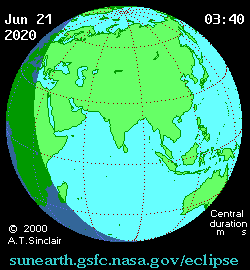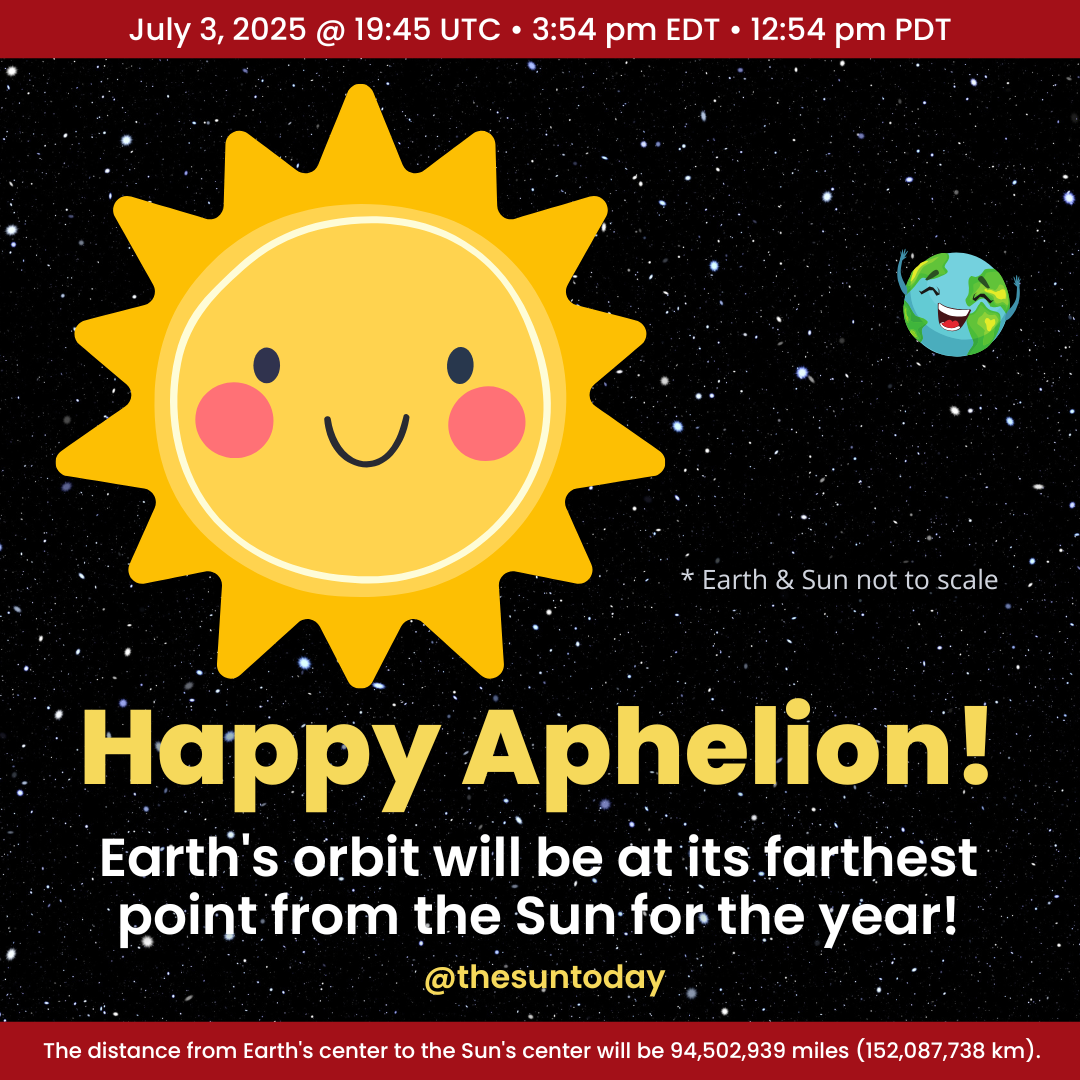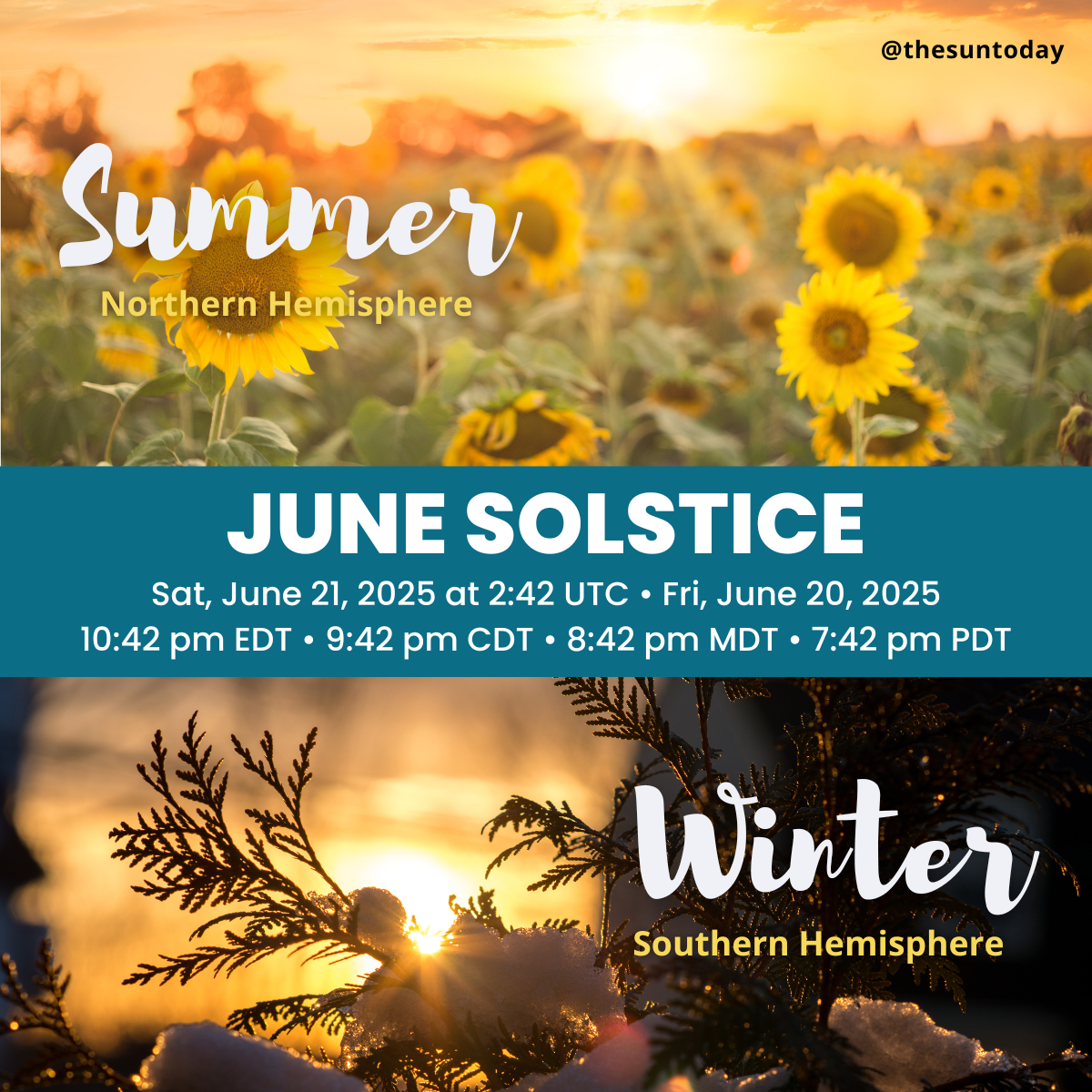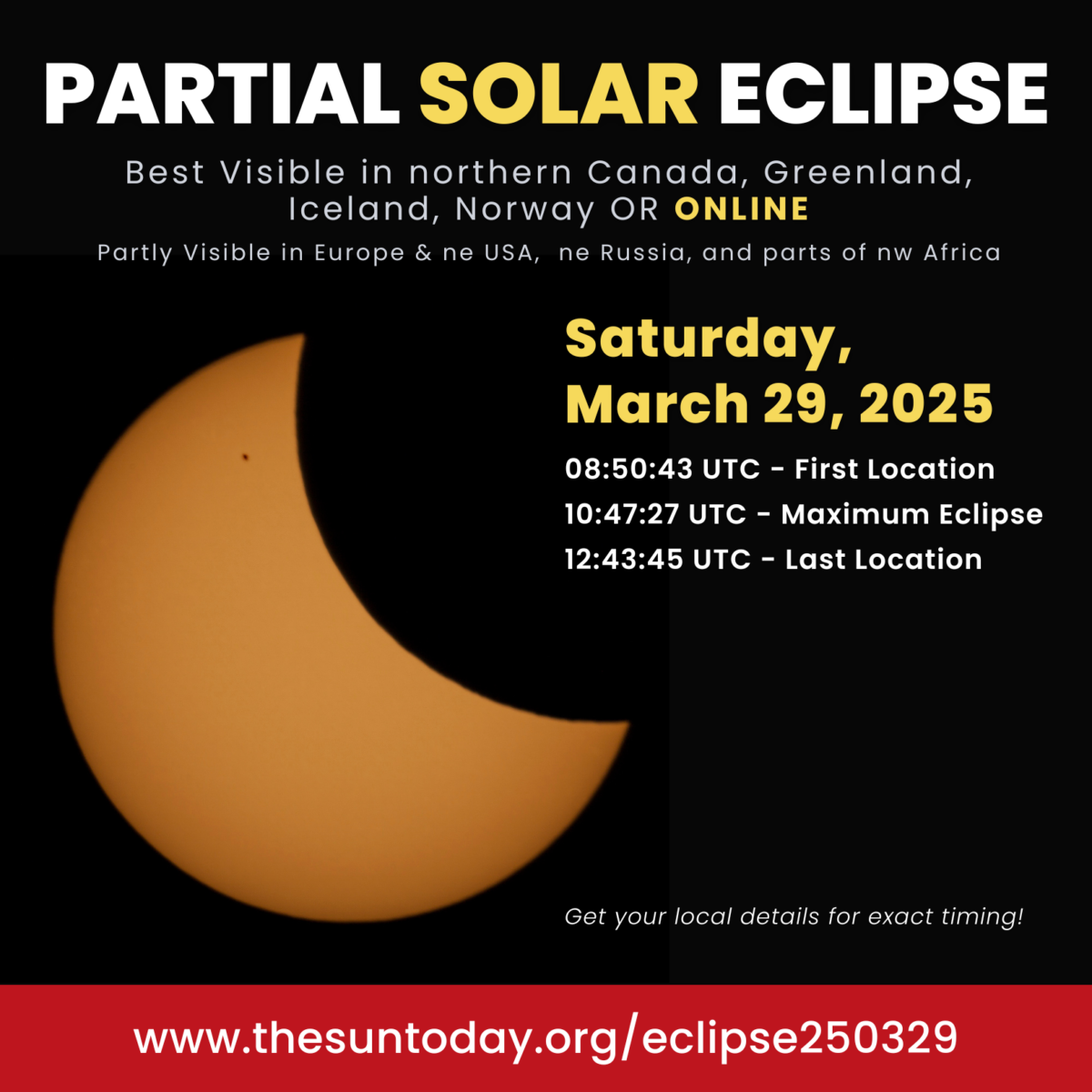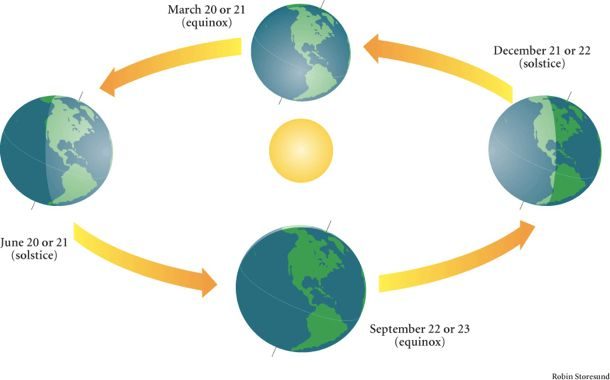
The weekend of June 20 – 21, 2020 has a lot going on when it comes to the Sun. We get to enjoy two exciting events thanks to the orbital dance between Earth and the Moon as the move together around the Sun, the June Solstice and an annular solar eclipse.
June 20, 2020
On Saturday at 21:43 UTC (5:43 pm ET) is the June Solstice.
There are two solstices in a year, the June solstice (usually June 21) and the December solstice (usually December 21). On the June solstice the sun reaches its highest point in the sky for an observer at the North Pole. On the December solstice the sun reaches its highest point in the sky for an observer at the South Pole. Solstices also mark the change from fall to winter or spring to summer.
Solstice at Stonehenge
Every year thousands celebrate the solstice sunrise over the neolithic Stonehenge monument in Wiltshire, England. Unfortunately, this year the celebration is canceled due to COVID-19. But there is some good news, the event will be broadcast over the internet for the first time. This event starts at sunset on Saturday, June 20 (20:26 UTC, 4:26 pm ET) and continues through sunrise on Sunday, June 21 (3:53 UTC, 11:53 pm ET – June 20). You can follow the event through the official Facebook event page over a livestream. You can also access the event via Stonehenge on Twitter.
What is the solstice?
The solstices happen because of the tilt of Earth’s axis of rotation with respect to its orbital path around the sun. The axis of rotation is an imaginary line drawn straight through Earth connecting the North Pole to the South Pole. This line is tilted 23.5° from Earth’s orbital path around the Sun. This means that the sun’s light does not hit the Earth evenly at a particular latitude above and below the equator. This tilt is the cause of Earth’s seasons.
Because of Earth’s tilt is 23.5° the latitudes of +23.5° and −23.5° are special and have special names. The one in the Northern Hemisphere, +23.5° latitude, is called the Tropic of Cancer. The one in the Southern Hemisphere, − 23.5° latitude, it is called the Tropic of Capricorn.
These are the latitudes where the Sun is directly overhead at noon once a year. In the Northern hemisphere, on the Tropic of Cancer, that is the June Solstice. In the Southern Hemisphere, on the Tropic of Capricorn, that is the December Solstice. These solstice days are the days with the most (for Summer) or fewest (for Winter) hours of sunlight during the whole year.
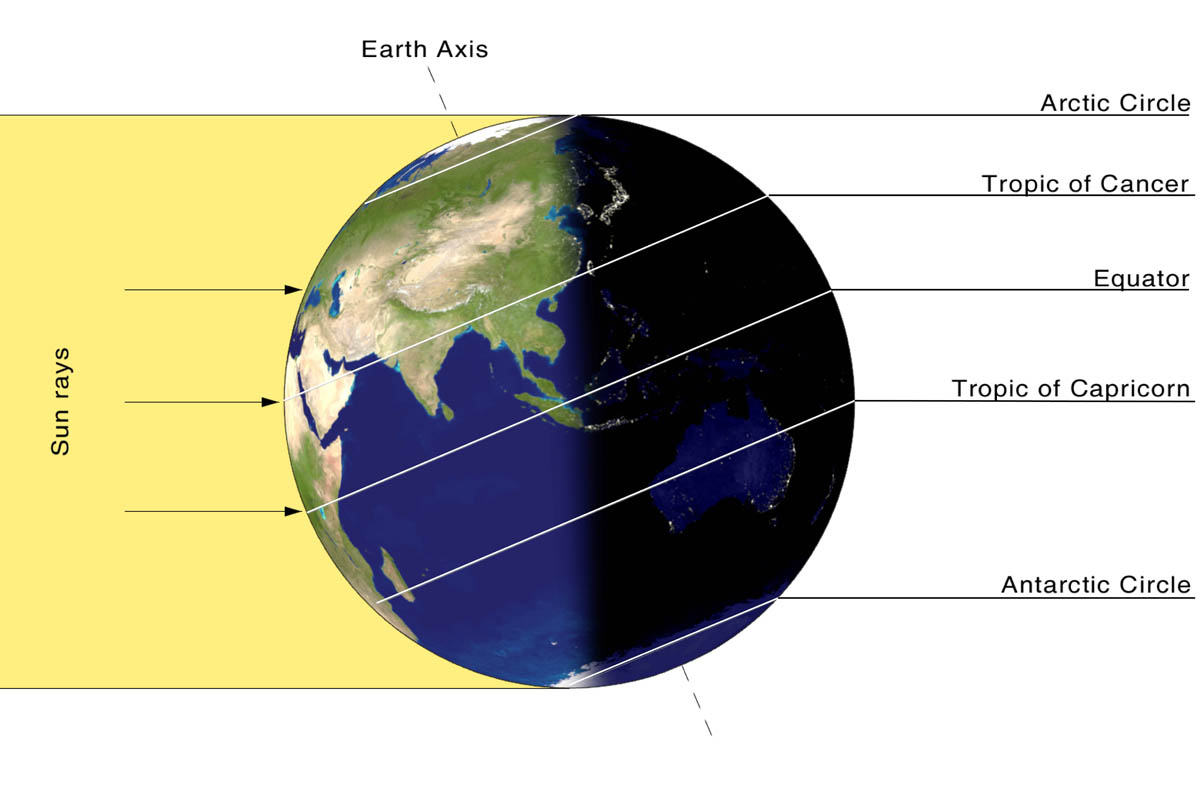
For the northern hemisphere, the Sun is directly overhead at “high-noon” on Summer Solstice at the latitude called the Tropic of Cancer.
June 21, 2020
On June 21, 2020, an annular solar eclipse starts at 3:45 am UTC (11:45 pm on June 20th ET).
Annular eclipses are similar to total eclipses in that the moon, Earth, and Sun are aligned so that the moon moves directly in front of the Sun as viewed from Earth. But a total eclipse does not happen, that is the Moon does not completely block out the visible disk of the Sun because the Moon is farther away (its orbit around Earth is an ellipse not a circle) and so its apparent size in the sky is slight smaller than the Sun. This means that a tiny ring or annulus of the solar disk is visible around the Moon. Because the Sun is so incredibly bright, it is still too bright to look at with unprotected eyes. You need safe solar viewing glasses or special filters for use with telescopes or binoculars at all times, partial or annular, during the eclipse.
This eclipse in some part is visible over most of Asia and Africa as well as South and East Europe, northern Australia, and some of the Pacific and Indian Oceans. Most of these areas only experience a partial eclipse, not the full annular eclipse. The annular eclipse is visible over central Africa, southern Arabian Peninsula, Pakistan, Northern India, and South central China.
The partial eclipse begins 11:45 pm on June 20th ET (3:45 am June 21st UTC).
Annular begins 12:47 am June 21st ET (4:47 am June 21st UTC).
Peak 2:40 am June 21st ET ( 6:40 am June 21st UTC).
Annular ends 4:32 am June 21st ET ( 8:32 am June 21st UTC).
Partial ends 5:34 am June 21st ET (9:34 am June 21st UTC)
You can find a detailed map of the eclipse specifics at NASA’s eclipse site. A great resource to view the details of where the eclipse covers is provided by the timeanddate.com interactive eclipse map.
Solar and Lunar eclipses are connected. Solar eclipses occur about 2 weeks before or after a lunar eclipse. There was a lunar eclipse on June 5 and the next one is on July 5th.
To learn more about eclipses and eclipse safety go to: https://www.thesuntoday.org/eclipses/
#SolarEclipse2020 #SolarEclipse #RingofFire


